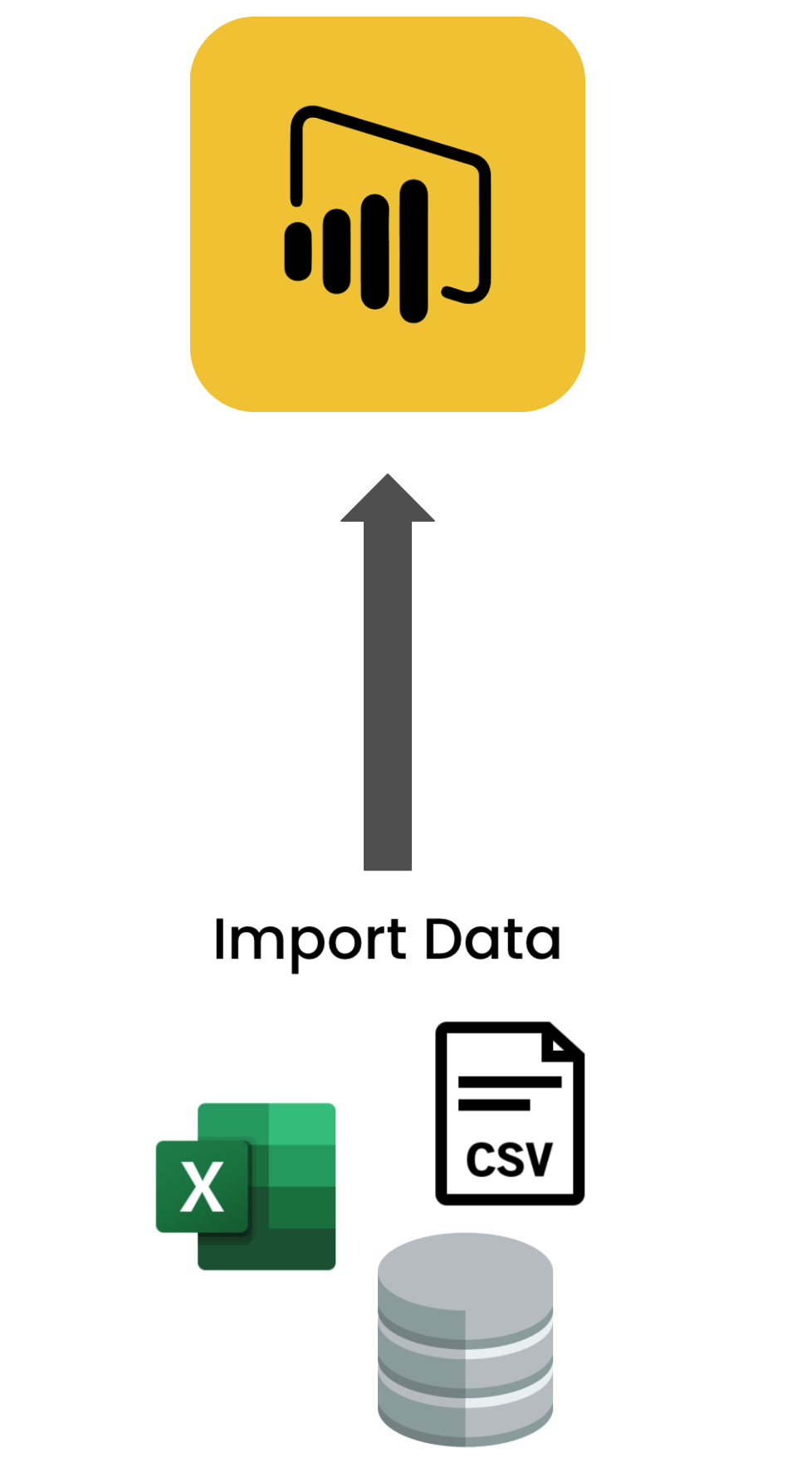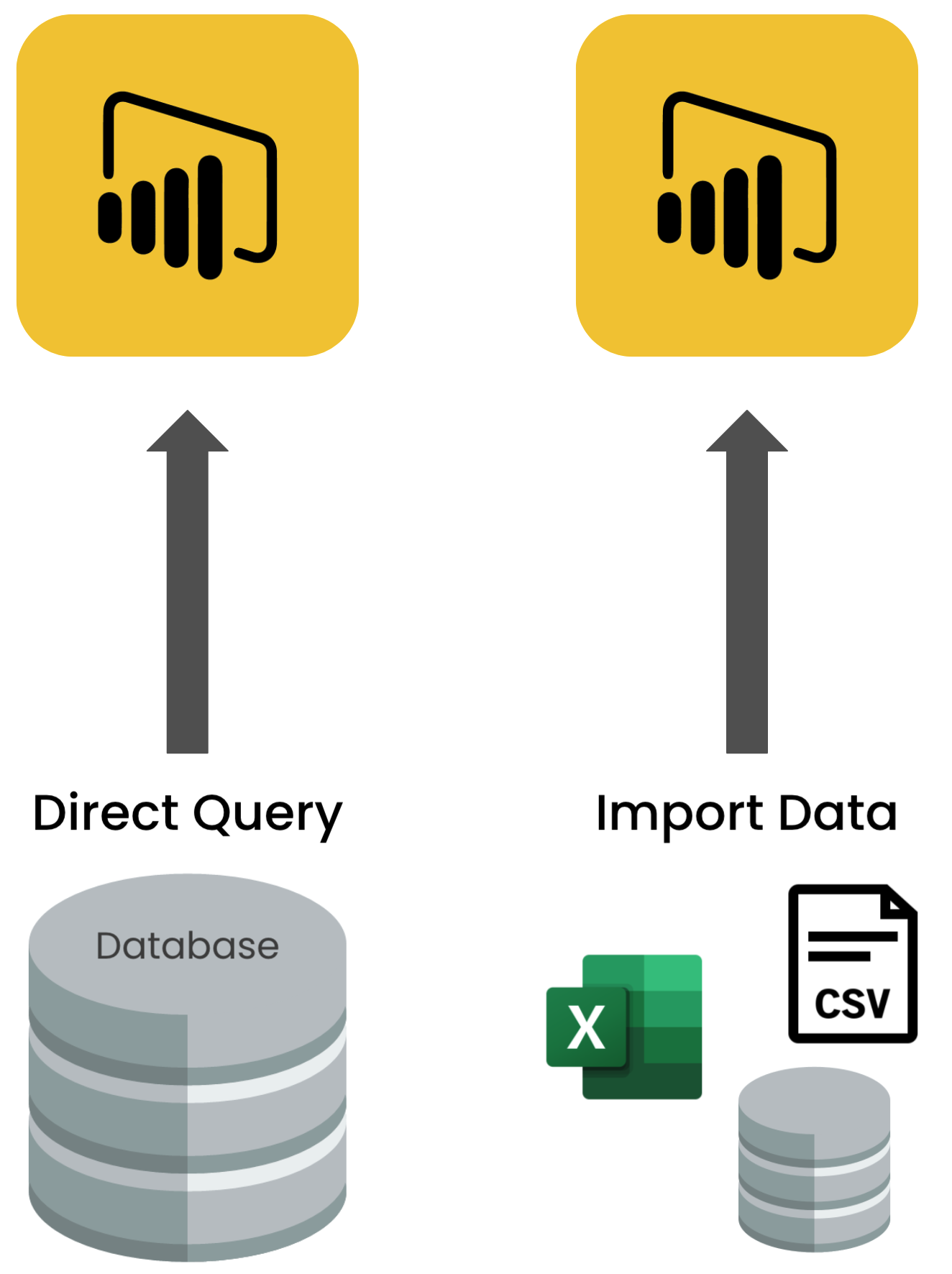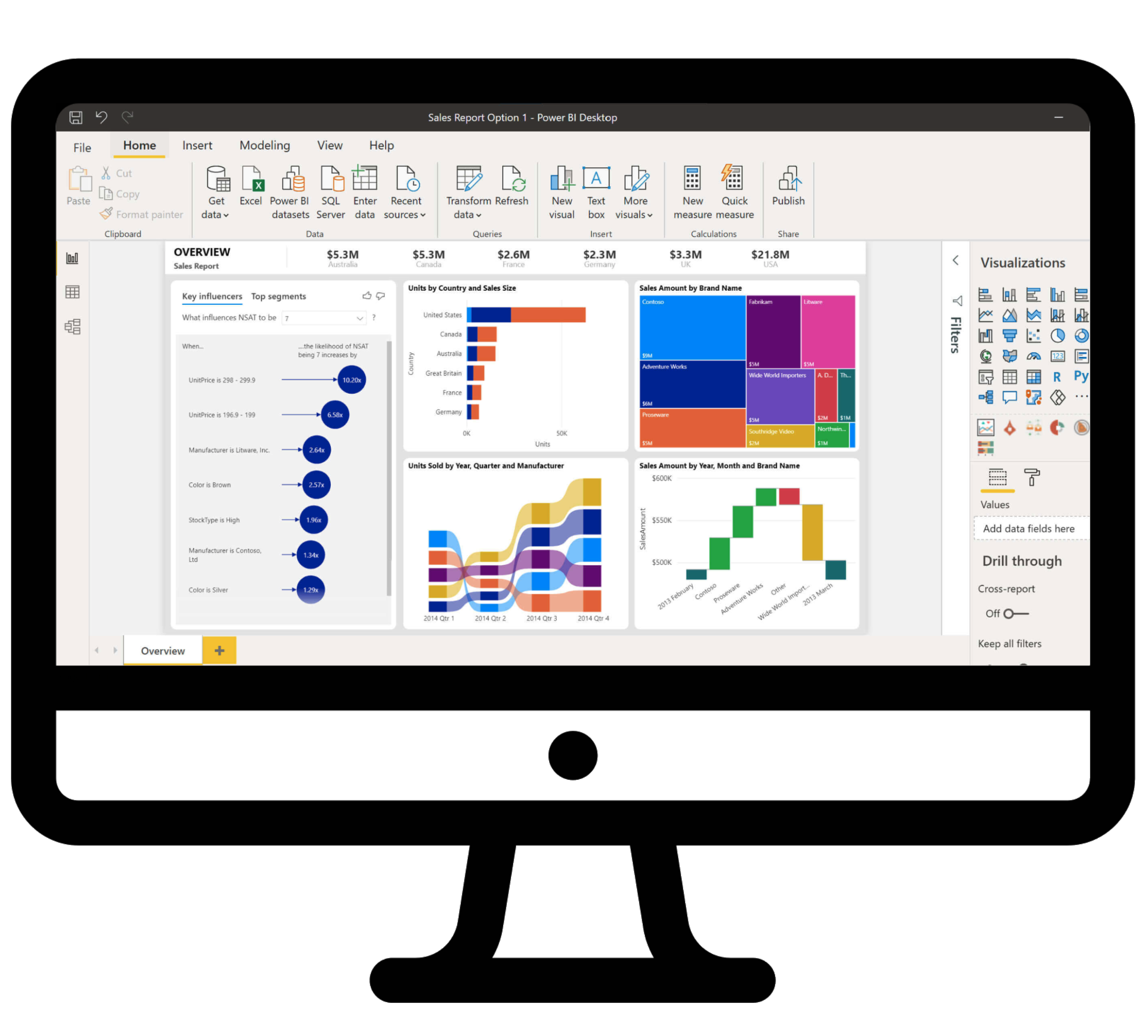Identifying performance problems
Intermediate Data Modeling in Power BI

Sara Billen
Curriculum Manager at DataCamp
Resolving performance problems

Performance problems

Where things can go wrong:
- Data import
- Querying the database with DirectQuery
- Displaying visuals
- Calculated versus computed columns
- Inefficient relationships
- Many-to-many relationships
- Bi-directional cross-filtering
Optimizing data import
- Remove unnecessary rows and columns
- Choose correct data types
- Numeric data takes less space
- Casting and aggregating data is slower
- Group and summarize data
- Store less data on disk
- Get to aggregate results faster

Optimizing Direct Query
- Two ways to connect to data:
- Import model: stores data in Power BI
- Direct Query: directly queries the database
$$
- Limit parallel queries
- Relational database advice
- Write efficient SQL queries
- Use appropriate indexes
- Get the right columns and rows

Calculated versus computed columns
Build custom columns with:
| Calculated columns | Computed columns |
|---|---|
| DAX | Power Query (M) |
| Fast for simple calculations | Fast for simple calculations |
| Slow for complex calculations | Fast for complex calculations |
| Generated per visual at runtime | Generated once at import time |
Removing bi-directional filtering using filter measures
- Use case for bi-directional filtering
- Find relevant slicer entries between dimensions
- We can create filter measures to avoid bi-directional relationships for the third use case!
Removing bi-directional filtering using filter measures

Removing bi-directional filtering using filter measures
1) Create a filter measure in DAX:
Slicer_MyFactTable = INT(NOT ISEMPTY('My Fact Table'))
- Returns 1 if at least one value in the fact table
- Returns 0 if no values in the fact table
$$
2) Add a visual filter to the slicer and set where Slicer_MyFactTable = 1
Displaying visuals

$$
- Use restrictive filters to minimize data
- Show as little data as possible on visuals
- Limit the number of visuals on report pages
- Use only fast custom visuals
Let's practice!
Intermediate Data Modeling in Power BI

